Rio Olympics 2016: How Team GB's horses deal with jet lag, leg room & passports
- Published
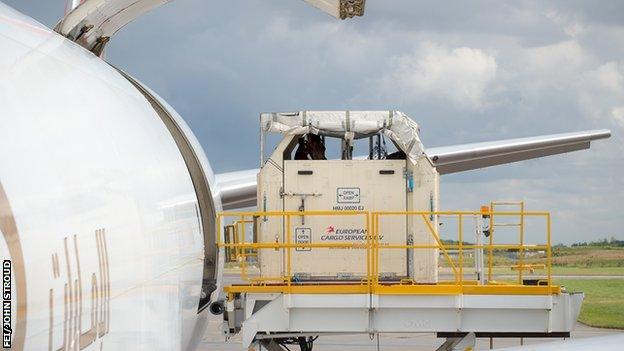
The horses are loaded into stalls on the ground then moved on to the aircraft - it is a 'nervy' time for all concerned
They need a lot of luggage, plenty of in-flight attention and like many long-haul travellers, a good companion by their side.
We are not talking about some Hollywood A-lister or pop-chart diva going on holiday. We are not even referring to Team GB's track and field stars.
Britain's equine athletes helped win five medals at London 2012 but a 5,700-mile journey to Rio makes beating that tally a little trickier.
Does a horse get jet lag? Travel sickness? Plans for this trip began as early as 2013, with everything from in-flight bacteria to leg room considered.
In all, there will be more than 300 horses competing in Rio, with some 200 of them travelling from hubs in Stansted, Liege and Miami. So how hard is it to get a horse to Rio?

Horses are transported two to a stall - "we wouldn't put two anxious travellers together," says vet Liz Brown
Imagine walking up to check-in and dropping six tonnes of food on the conveyer belt. The excess fee alone would be big enough to count as carry-on luggage. But these superstar horses do not travel light.
Each horse has an individual limit for the flight which includes its own weight plus items such as water buckets, tack bags and rugs.
As well as all that food, there's nearly 10 tonnes of equipment and several tonnes of haylage (normal hay with a higher moisture content) for the flight.
There will be 34 horses on board when the first flight leaves Stansted on 30 July, with a combined weight of more than 17 tonnes and a combined value running into millions of pounds.
An animal weighing 515kg (81st) probably did not get its photos done in a booth at the post office, but at that sort of value, you can rest assured they each have a passport detailing health history and every mark on their body.
Passport stamped? Time to board.
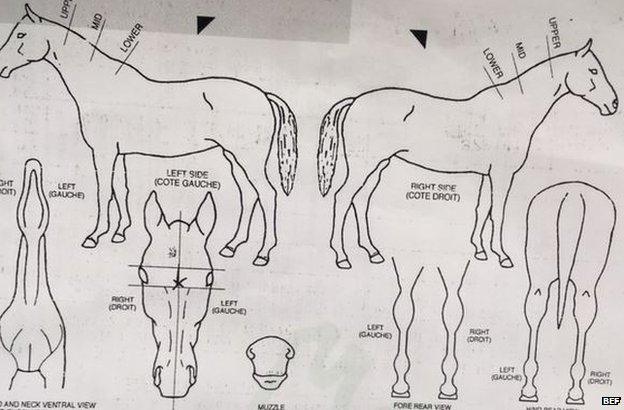
A horse receives a national passport when it is born, detailing its markings and size. When the horse begins to compete internationally, the passport requires extra detail and will sport a cover from the International Federation for Equestrian Sports
If you get fed up waiting in line to board, spare a thought for these horses, for whom the process can take between two and four hours.
Why so long? Because this is the crucial part. A "nervy" time, according to Yogi Breisner, eventing performance manager for Team GB.
Horses are loaded into stalls on the ground and then levered up into the plane. It's not uncommon for them to get spooked and any bumps or scrapes are most likely to happen now. After four years of work, much is on the line.
Each stall is designed to accommodate three horses but it's important these Olympians travel in the equine equivalent of business class so Team GB horses fly two to a stall.
Some travellers might prefer the space entirely to themselves but the horses are generally happier in pairs, according to British Eventing team vet Liz Brown.
"You get some that are very anxious travellers while some really attach to the horse they are with," she said. "We wouldn't put two anxious horses next to one another."
And according to the International Federation for Equestrian Sports, the seating (or standing) plan will also ensure stallions are at the front of the plane away from the mares.
The horses will stand for the duration of the 12-hour flight. But it may be more restful than the average ride in a horsebox over pot holes and around roundabouts, with controlled temperature zones to keep things comfortable - and there will be plenty of time to nap.
"Horses are designed to sleep standing up," said Liz Brown. "Their hind legs have a locking mechanism so they can stabilise, what we call their stifle."
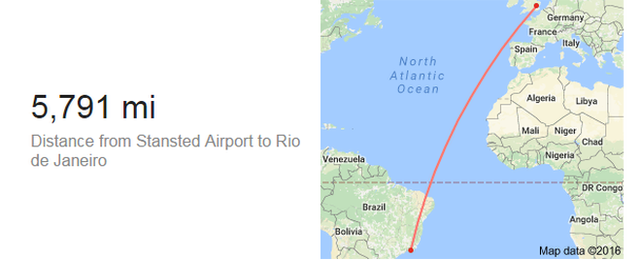
The Stansted to Rio flight will carry horses representing Great Britain, Ireland, Canada, Australia, New Zealand, Zimbabwe, Brazil, Japan, Italy and China
The in-flight meal is hay and water only, although the more adventurous horses may like some apple juice mixed into their drink.
"The hay keeps them chewing and, given the change in pressure on a plane and the fact horses have a big air space in their heads and an opening in their throat, it's good for them to be eating," added Brown.
Breisner, preparing for his fifth Olympics in charge of the team, notes wryly that "some of the staff will have a worse journey than the horses" and Brown, who has been a British Eventing team vet since 2009, is a case in point.
She has to be on hand to ensure the Team GB horses are comfortable, so will take a seat on the freight plane, as will a number of grooms who will act as flight attendants, taking care of everything from topping up water to ensuring the animals are warm enough.
So what state do the horses arrive in?
Many of us have been wide awake at 3am and struggling to stay awake at lunchtime as the effects of a long-haul flight kick in. Inconvenient enough when you're trying to enjoy a holiday, and certainly not what you want with an Olympic title to compete for.
"It's really hard to know if there is jet lag for a horse," said Brown, who worked with the British team at the 2008 Games. "Horses don't sleep for set periods of time like we do each night. They nap when they want."
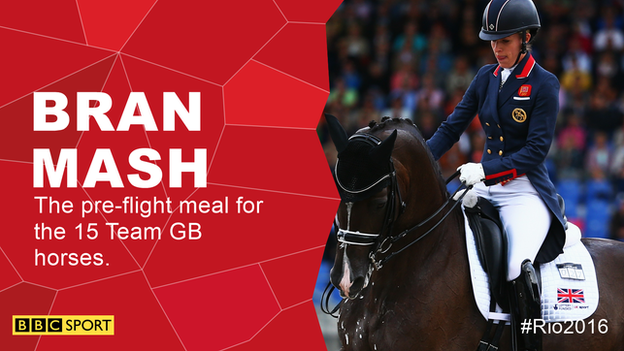
At London 2012, Charlotte Dujardin and Valegro won team and individual gold in dressage
Team GB's 15 horses will have a light leg stretch the day before take off and again on the day of arrival. They will be fit enough to compete well before competition starts on 6 August.
"If they have a good journey, they can actually arrive well rested and come out of it fresher," said Breisner.
"If they have dehydrated at all or lost a little weight during the flight we will look to replenish that. Horses can rehydrate much, much more quickly than humans. A horse will be back to normal in 24 hours."
A doddle then? Well…
While travel is as routine for elite horses as it is for any international athlete (British rider Ben Maher's horses made 14 return flights in the 2015 season, for example) it does increase the chance of infection. Dehydration is one thing; respiratory issues are quite another.
"They have their head up during the flight," explained Brown. "A horse wouldn't normally have its head up high for that length of time. It stops them from clearing their nasal cavity in the same way they could if they could dip their head regularly.
"An infection is the biggest risk - what we call Pleuropneumonia.", external
Breisner stresses the importance of good "air quality" and says some of the hay around horses can be soaked in water to minimise dust.
"Everything is nerve-wracking now," he added. "I would be lying if I said the journey wasn't at the forefront of my mind now."

The Equestrian Centre is at Rio's Deodoro venue, where BMX, hockey, rugby sevens and canoe slalom will be among 11 sports contested
Once there, the facilities for the horses are predictably state-of-the-art.
With indoor and outdoor training, individual stables, huge ice machines to cool off horses' legs and an on-site veterinary clinic, the National Equestrian Centre in Deodoro is worthy of any Olympic champion.
Unable to send British hay to Brazil, the ultra-prepared British team imported Brazilian hay to the UK this year so horses could get used to what will be on offer at the first Olympic Games in South America.
Exporting several gold medals from Brazil remains a realistic hope. Let's hope the party on the flight home doesn't get too unruly.
- Published18 August 2016
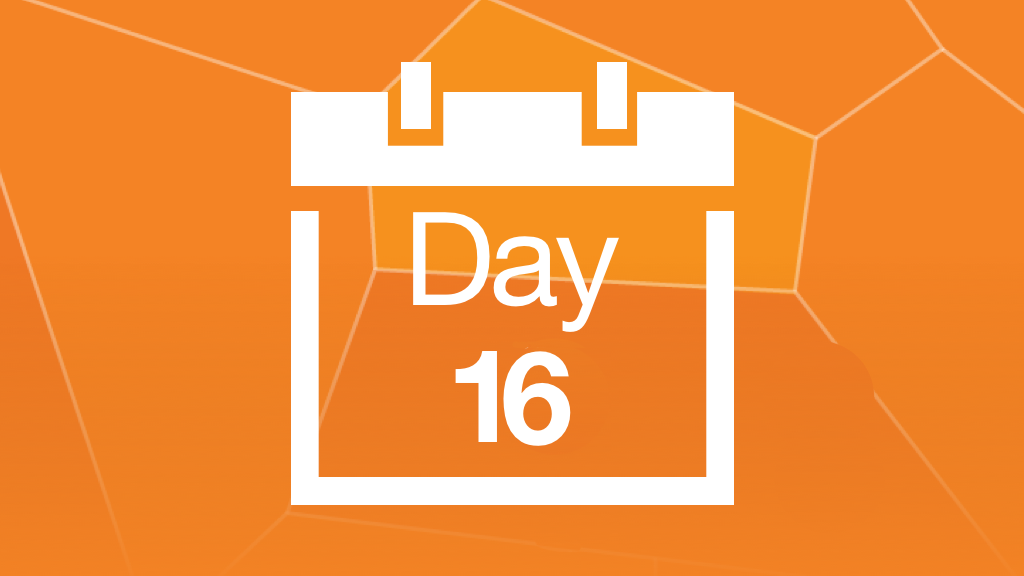
- Published19 July 2016
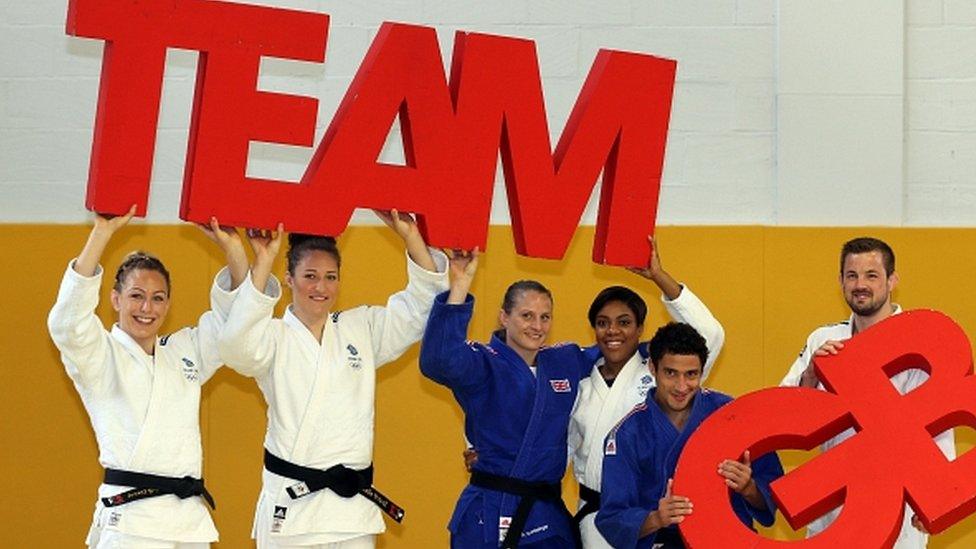
- Published19 July 2016

- Published13 May 2016
